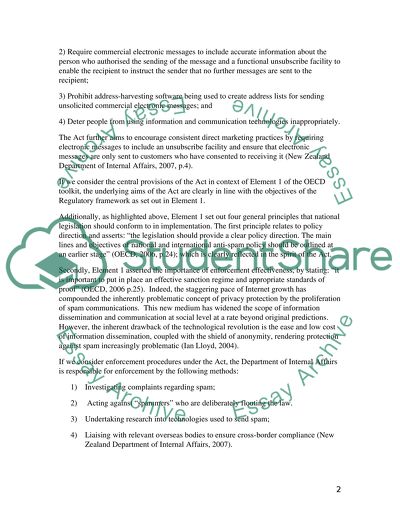Cite this document
(“E-mail spams Essay Example | Topics and Well Written Essays - 500 words”, n.d.)
E-mail spams Essay Example | Topics and Well Written Essays - 500 words. Retrieved from https://studentshare.org/miscellaneous/1547952-e-mail-spams
E-mail spams Essay Example | Topics and Well Written Essays - 500 words. Retrieved from https://studentshare.org/miscellaneous/1547952-e-mail-spams
(E-Mail Spams Essay Example | Topics and Well Written Essays - 500 Words)
E-Mail Spams Essay Example | Topics and Well Written Essays - 500 Words. https://studentshare.org/miscellaneous/1547952-e-mail-spams.
E-Mail Spams Essay Example | Topics and Well Written Essays - 500 Words. https://studentshare.org/miscellaneous/1547952-e-mail-spams.
“E-Mail Spams Essay Example | Topics and Well Written Essays - 500 Words”, n.d. https://studentshare.org/miscellaneous/1547952-e-mail-spams.


